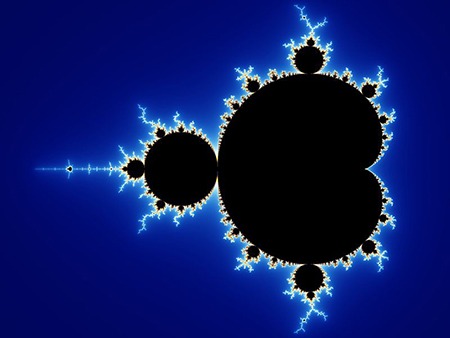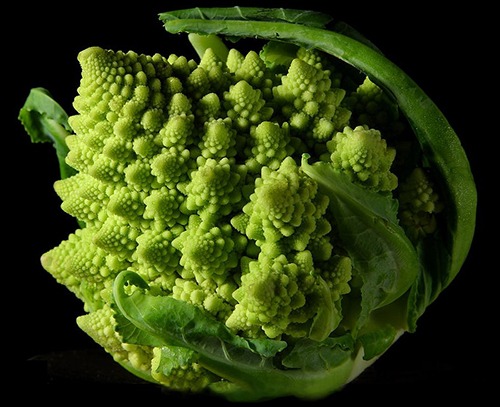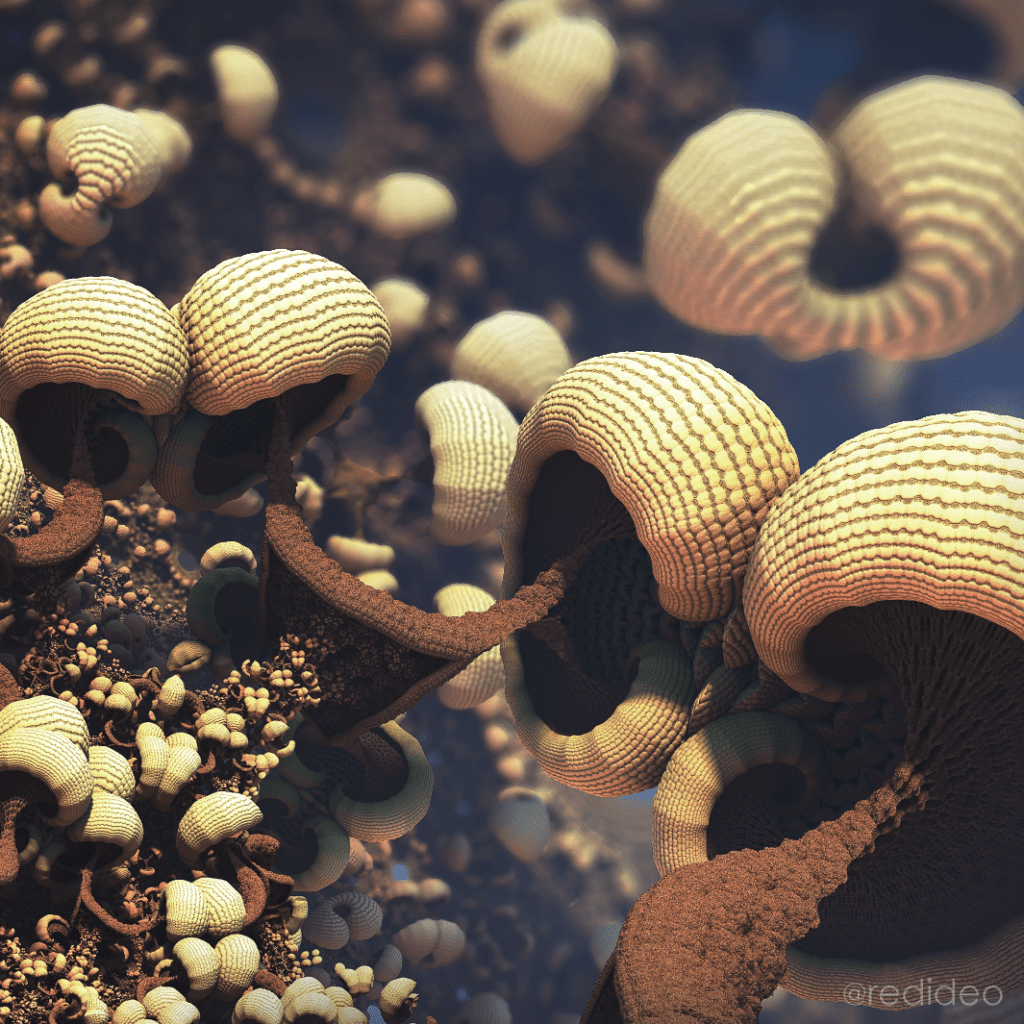About The Author
Daniel Travers is the visionary owner of Redideo Studio, a creative agency in San Diego. With over 25 years of experience in digital media and marketing, he holds a Bachelor of Fine Arts in Photo New Media from the Kansas City Art Institute and an Associate of Applied Science in Graphic Communications from St. Louis Community College. Daniel enjoys applying his formal art and design training to new technologies for digital marketing, continuously exploring innovative methods to enhance his clients’ campaigns.
His expertise spans digital marketing, website design, video production, local SEO, social media, creative services, and beyond. Daniel’s collaborative work includes renowned brands such as iHeartMedia, Disney, Hyundai, KIA, and more.
Need assistance with creative services or marketing?




